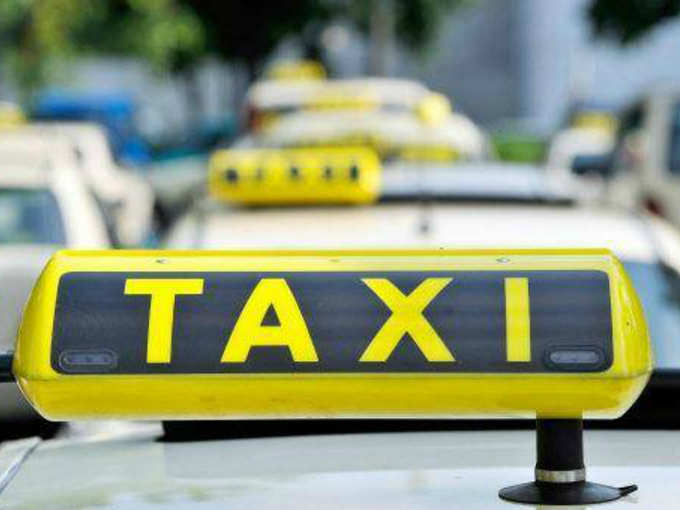
Just take a random ride on any of the cab aggregators
Everything seemed hunky-dory until this year when both the cab aggregators, having acquired enough business, switched to a lower incentive mode. While the passengers were made to pay more (for hatchback cars tariff goes up after 20 km), the drivers’ earnings started falling, so much so that many have faltered on paying EMIs to the banks for their new cars.
What’s saddening is that stopping of incentive happened too sudden. Before the drivers even realized, they are already in debt having debts to pay.
President of Uber India, Amit Jain interpreted it saying, “As our business has grown over three years in India, we are seeing sustainable earning opportunities for driver partners... with a 60 per cent year-on-year increase in driver signups in January 2017.”
Having successfully disrupted the urban transport scenario in India, Ola now has its presence in 102 cities of India with 5 lakh vehicles and 5.5 lakh drivers. And its rival Uber has presence in 29 cities with 4 lakh cars registered on the platform.
Carrying on with protests wasn’t a feasible solution for the drivers as they have to pay for EMIs of the cars and other family expenses.